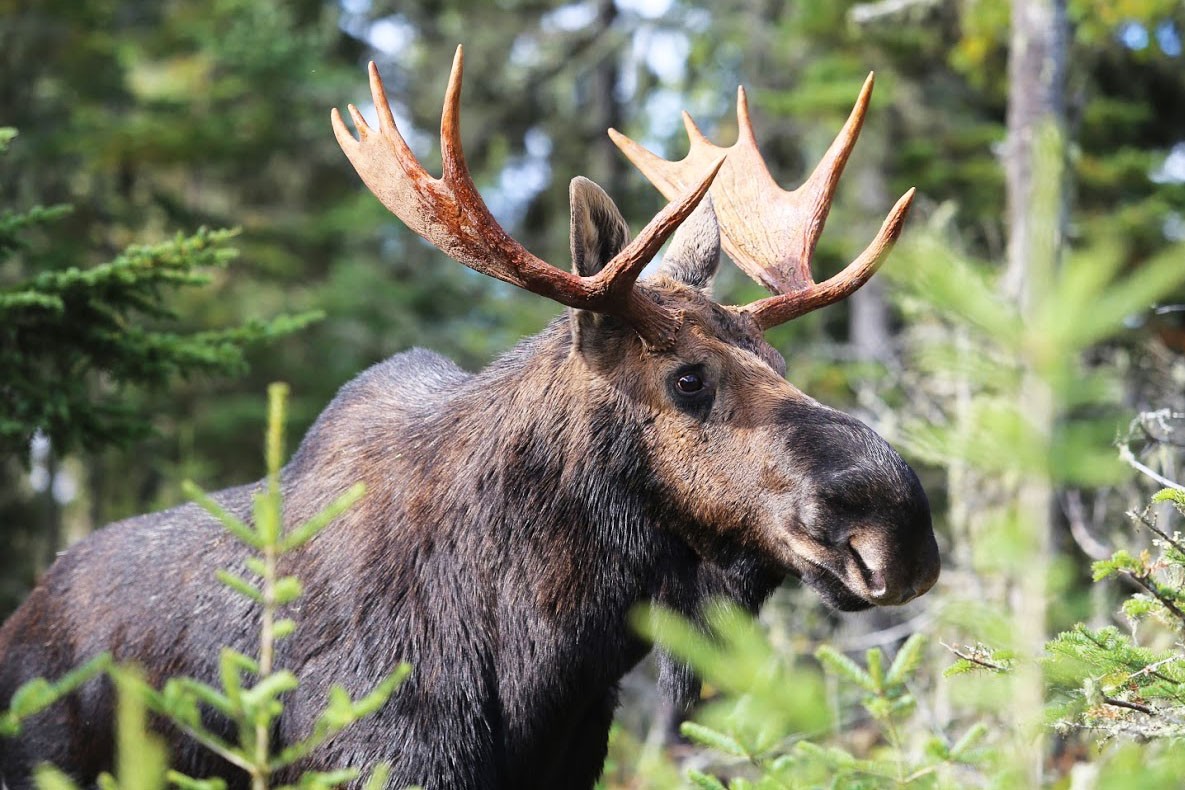Minnesota is one of the few states that have moose, and researchers are trying to ensure the population stays stable.
A partnership between the Grand Portage Band of Lake Superior Chippewa and the University of Minnesota has been studying moose for about 10 years. The research identified brainworm, a parasite transmitted by white-tailed deer, as a primary cause of death among Minnesota’s largest animal. The research is partially crowdfunded — with a campaign currently raising money — allowing researchers to test new ideas and illustrating the method’s viability to fund the population study.
Historically, the Band has subsisted off moose, and they remain very important culturally. Seth Moore, director of biology and environment for the Band, said the decline of moose is concerning and a driver of the Band’s investment in this research.
The Band has funded the collaring of more than 100 moose, allowing researchers to track where they may be coming in contact with deer and study the moose after they die.
“We provide the infrastructure of our natural resources management agency,” Moore said. “And [the University] provides some of the academic infrastructure, some of the genetic testing that requires fancy research labs. It allows this partnership to work out really well.”
Tiffany Wolf, a researcher in the Department of Veterinary Population Medicine who studies wildlife health, said the research allows the University and the Band to combine each of their strengths.
The research has shown that while predatory factors — like an increase in wolves — have an impact on moose, about a quarter of deaths come from brainworm. Because so many moose deaths are health related, Wolf’s expertise allows her to design studies to understand how their health is compromised and what factors are contributing.
“[Moore’s] department has a lot of the infrastructure on the ground that really facilitates this work and helps us get out into the field,” Wolf said.
One potential way to reduce the prevalence of brainworm is to study where moose and deer are both present and where they are apart. While both prefer similar environments, moose tend to require larger areas of young forest, whereas deer prefer more fragmented ones.
Moore said altering the natural environment could be one way of limiting the spread of brainworm, reducing the amount of habitat where deer and moose cross paths. Generally, ecologists try not to manage nature in this way, believing that nature can be resilient and come to equilibrium. Moore said in this case, he believes climate change and other human drivers have had such an impact on the ecosystem that they need to step in.
“It gives us that responsibility for us to try to address the problems that we make,” Moore said. “We are trying to manage the landscape now because we have constantly damaged it, and it can’t naturally come back to a healthy ecosystem.”
Wolf said because a lot of what they are doing is so new, they often must have pilot data when applying for grants to demonstrate they can actually do what they are proposing. Crowdfunding has been important to making this work possible.
“The crowdfunding is that little nest egg that lets us launch this research,” Wolf said.
The University hosts Wolf’s crowdfunding campaign through a University of Minnesota Foundation website. In total, the crowdfunding program has raised more than $3.4 million to support various causes since its launch in 2014.
Robyn White, director of digital marketing for the Foundation, said the platform doesn’t have to be just for research, but also raising money for student groups, athletic teams and scholarships, among other things.
“Research is way more competitive than it used to be,” White said. “One thing that crowdfunding offers is a way to get some of that feed funding to start.”













